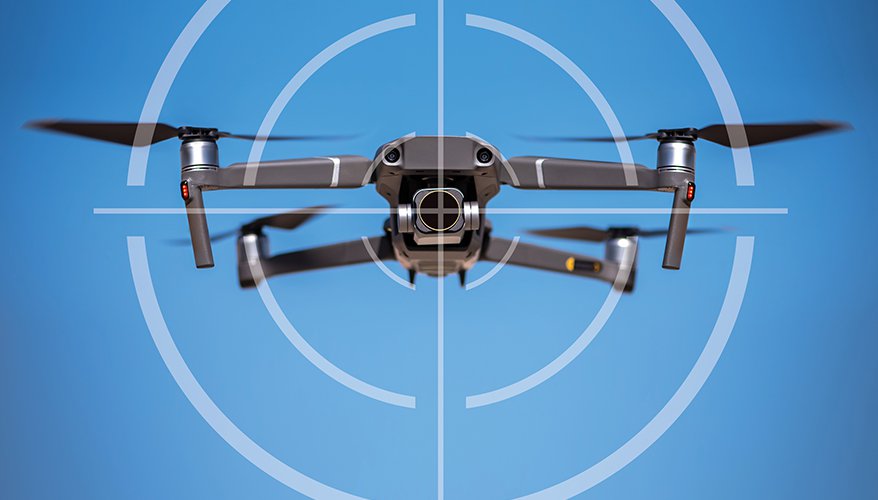
Anduril says it is designed to provide “cutting-edge, expeditionary CUAS capabilities to protect the Marine Air Ground Task Force from evolving air threats.”
Anduril says it is designed to provide “cutting-edge, expeditionary CUAS capabilities to protect the Marine Air Ground Task Force from evolving air threats.”

By Jim Morris, Warrior Vice President, News
The Marine Corps has awarded Anduril a $200 million contract to build an anti-drone system for Marine air defenses.
Anduril’s weapon is formally known as a Counter Unmanned Aerial System Engagement System. The company says it is designed to provide “cutting-edge, expeditionary CUAS capabilities to protect the Marine Air Ground Task Force (MAGTF) from evolving air threats.”
The system includes Anvil, Anduril’s autonomous, kinetic interceptor that designed to defeat small and medium-sized drones. It will be powered by Lattice, described as an open command-and-control operating system that uses artificial intelligence, sensor fusion and computer vision to streamline decision-making. Earlier this year, Lattice was showcased at Central Command’s Operation Desert Guardian exercise at Fort Drum, N.Y. Anduril says the exercise demonstrated how quickly the system could be adpted for operational use.
Engineers are using a modular, open-architecture approach, a “software-first” philosophy that will allow the Marine Air Defense Integrated System (MADIS) to rapidly upgrade when new technologies become available.
“By leveraging advanced AI and autonomy, Anduril’s CES will provide the Marines will a robust and scalable solution to counter evolving drone threats, ensuring greater protection and operational effectiveness on the battlefield,” said Chris Brose, Anduril’s chief strategy officer.
Anduril says that its new system will be an improvement for MADIS, allowing it to defeat both drones and fixed-wing/rotary-wing aircraft.
The Marines already have deployed Anduril’s Sentry Towers at installations across the US. The fixed-site system is designed to detect, track and defeat small and medium sized drones. Marines will use the new system at the forward edge of the battlefield.
Anduril also is one of two contractors (General Atomics is the other) who awarded contracts to build the Combat Collaborative Aircraft. CCAs are so-called “loyal wingman” drones, low-cost UAVs designed to fly alongside manned fighter jets. The idea is for the CCAs to provide tactical support while expanding the capabilities of traditional aircraft.
CCAs are designed to operate as part of a family-of-systems aligned with the Next-Generation Air Dominance (NGAD), a sixth-generation aircraft that’s now under development.
Anduril also makes the ALTIUS 600M-V, a larger drone that can be launched from the air, sea or ground. It has a range of roughly 275 miles and can fly for more than four hours. Taiwan has agreed to buy as many as 291 Altius 600M-V drones valued at $300 million as it bolsters its defenses against a possible Chinese attack.
